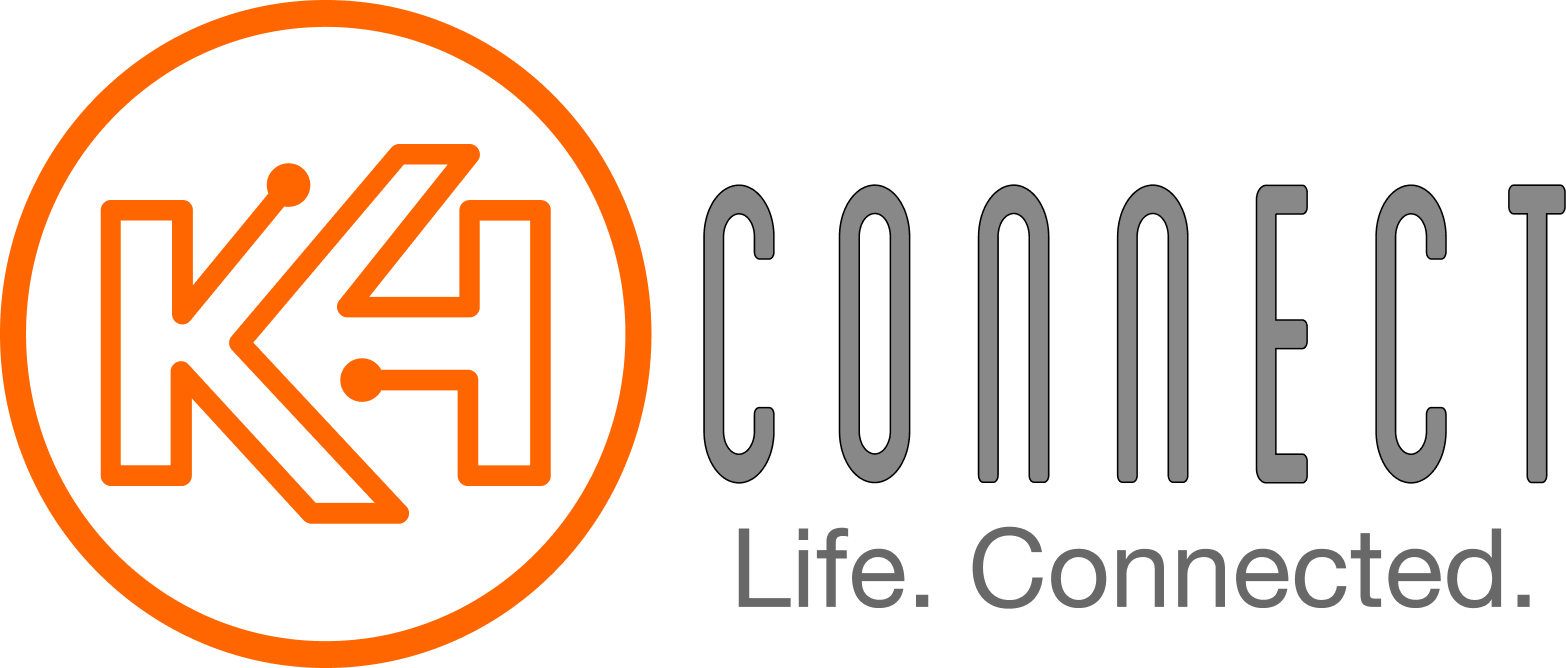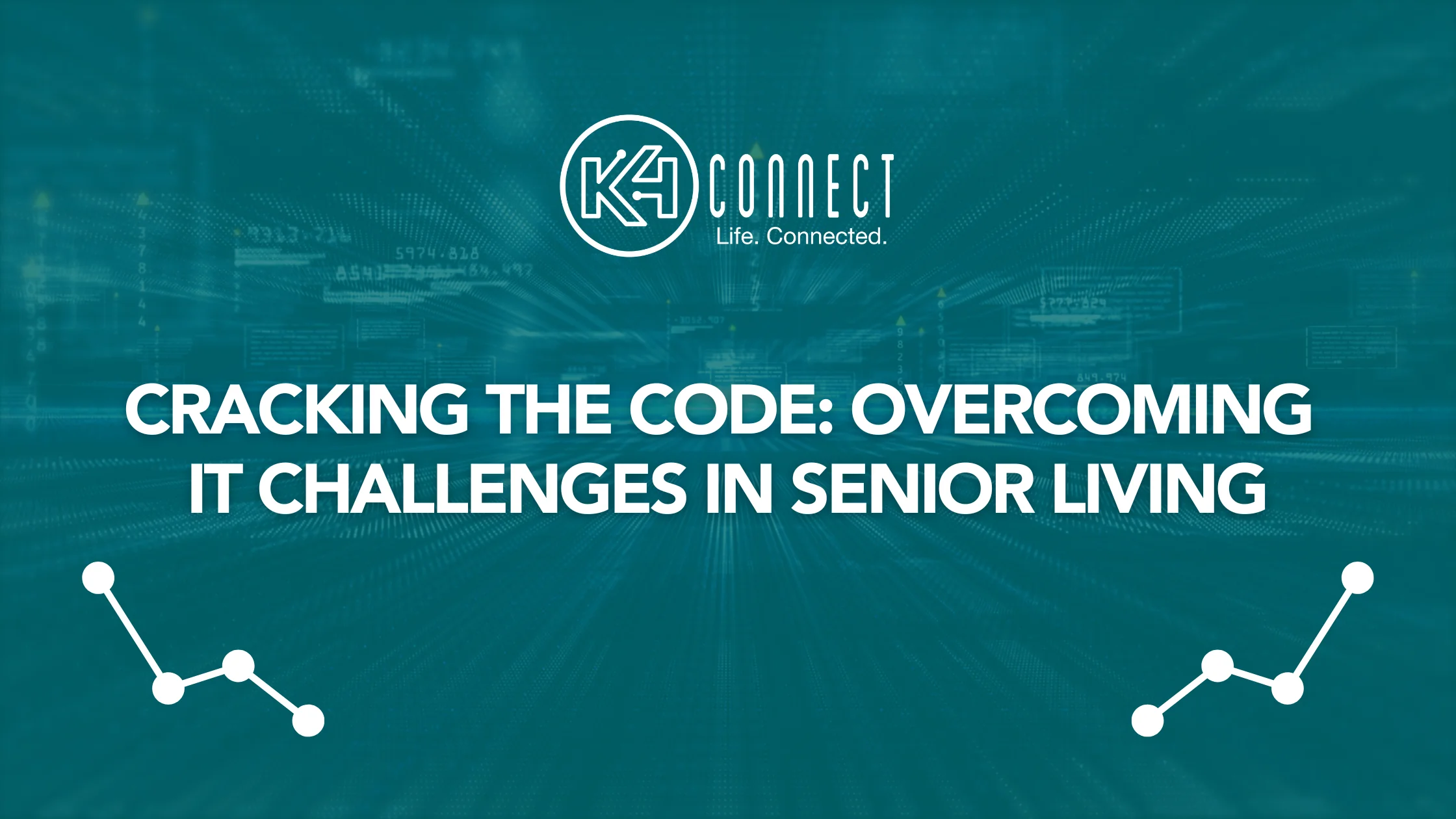As senior living communities adopt new digital technologies, IT leaders are stepping into a pivotal role. They are responsible for connecting complex systems, updating aging infrastructure, and supporting a changing workforce.
When done well, technology can transform operations, improve care, and enhance the resident experience. However, this transformation doesn’t come without challenges. Below, we break down five of the most common challenges IT leaders face in senior living today, along with practical strategies to help overcome them and turn those obstacles into real opportunities.
Many senior living communities rely on disconnected technologies, such as separate platforms for clinical records, building systems, communication, and engagement. These systems often don’t talk to each other, which leads to duplicated work, missed insights, and wasted time.
📊 The impact: A 2025 Argentum report found that over 70% of senior living communities list lack of system integration as one of the biggest barriers to improving operations and care.
How to solve it: Prioritize platforms that are designed for interoperability. Look for solutions that support open standards and consolidate data from across the community. Unified platforms like K4Connect’s FusionOS bring systems together, offering a single source of truth that enables staff to act quickly and more effectively. Integrated systems also reduce data entry errors and help staff spend more time focusing on residents.
1. System Fragmentation and Data Silos Slow Progress
Protecting sensitive resident data is more important than ever. Cyber threats are on the rise, and healthcare data is a top target. At the same time, staff need timely access to information to do their jobs effectively. Striking the right balance between protection and usability is critical.
🔐 The risk: According to the Ponemon Institute, healthcare data breaches have increased by more than 50% in recent years, with many senior living organizations still playing catch-up.
How to solve it: Design security with usability in mind. This includes robust encryption, multi-level access controls, and clear audit trails, all built into a system that is easy for staff to navigate. Cloud-based platforms that follow HIPAA best practices can offer strong safeguards without slowing down workflows. It’s also essential to include staff in regular security training, so they understand the importance of compliance and how to spot risks.
2. Security and Compliance Must Work Together with Accessibility
Smart thermostats, motion sensors, locks and automated lighting systems are all becoming standard in senior living. These tools improve safety, comfort, and efficiency, but they also put pressure on networks that weren’t designed to handle this scale.
🌐 The trend: Healthcare IoT adoption is expected to grow at more than 20% annually through 2030. Communities need to plan now to avoid falling behind.
How to solve it: Upgrade your network infrastructure to be cloud-friendly and scalable. Invest in strong Wi-Fi, edge computing, and centralized device management to support current and future needs. Future-ready systems are flexible, reducing the need for disruptive or expensive upgrades down the road. Partnering with providers who understand the long-term vision of senior living technology can ensure infrastructure evolves alongside demand.
4. Technology is Only as Good as Staff Adoption
Even the best technology won’t succeed if staff don’t understand it or feel confident using it. High turnover and varying levels of digital fluency can make adoption difficult without the right strategy in place.
🔍 The insight: According to McKnights Senior Living, continuous, role-specific training plays a major role in successful technology adoption.
How to solve it: Engage staff early when evaluating new technology and make sure their voices are heard. Choose solutions with simple, intuitive interfaces and tailor training to different job roles. Ongoing support and easy-to-access resources are key to maintaining momentum. A thoughtful rollout plan and designated tech champions can boost confidence and turn staff into advocates.
5. Residents Expect Personalized, Tech-Enabled Experiences
Modern residents want more than just basic care, they want experiences that reflect their interests, preferences, and wellness goals. From tailored content to smart wellness programs, personalization leads to stronger satisfaction and better outcomes.
🧠 The opportunity: AARP research shows that personalized technology correlates with higher resident engagement and well-being.
How to solve it: Support resident-centered customization through modular platforms that allow for flexible experiences. Look for tools that adapt to different needs while still remaining manageable for staff. Use engagement data to refine offerings over time, demonstrating clear value to residents and their families.
Turning Challenges Into Strategic Advantages
The role of the IT leader has evolved from simply managing systems to shaping the future of the entire community. By tackling integration challenges, strengthening security, preparing for IoT expansion, supporting adoption, and enabling personalization, IT leaders can create more connected and engaging environments that are also secure and scalable. K4Connect helps IT teams do exactly that. Our integration and data platform, FusionOS, is purpose-built for senior living and designed to scale with your needs. Ready to learn more? Schedule a demo today.

